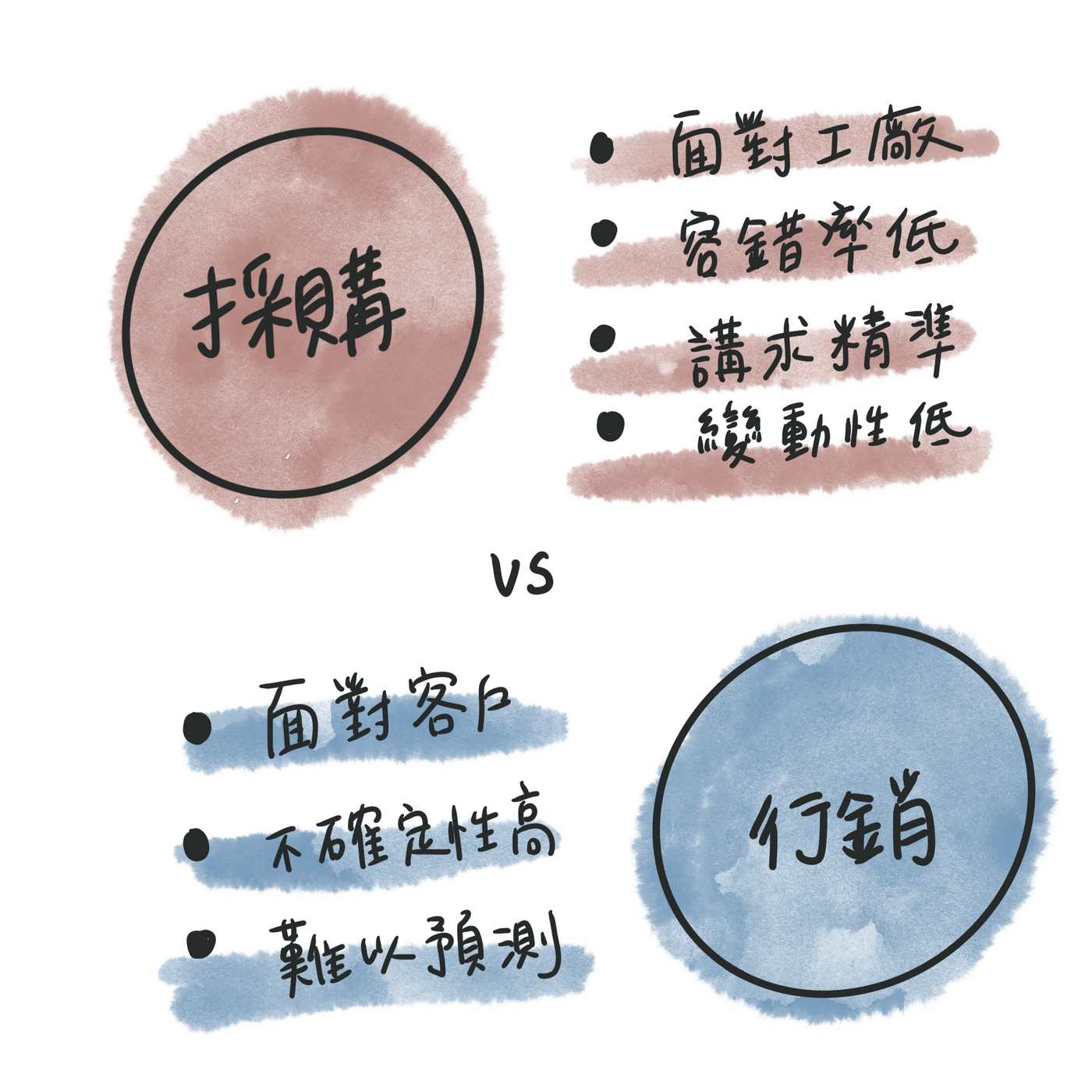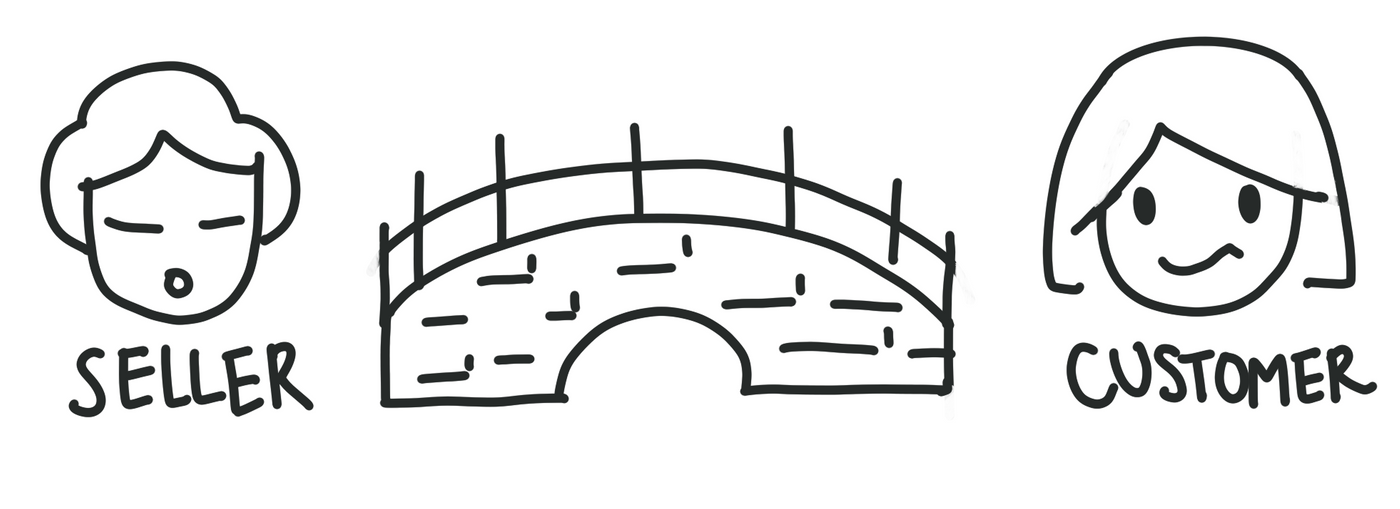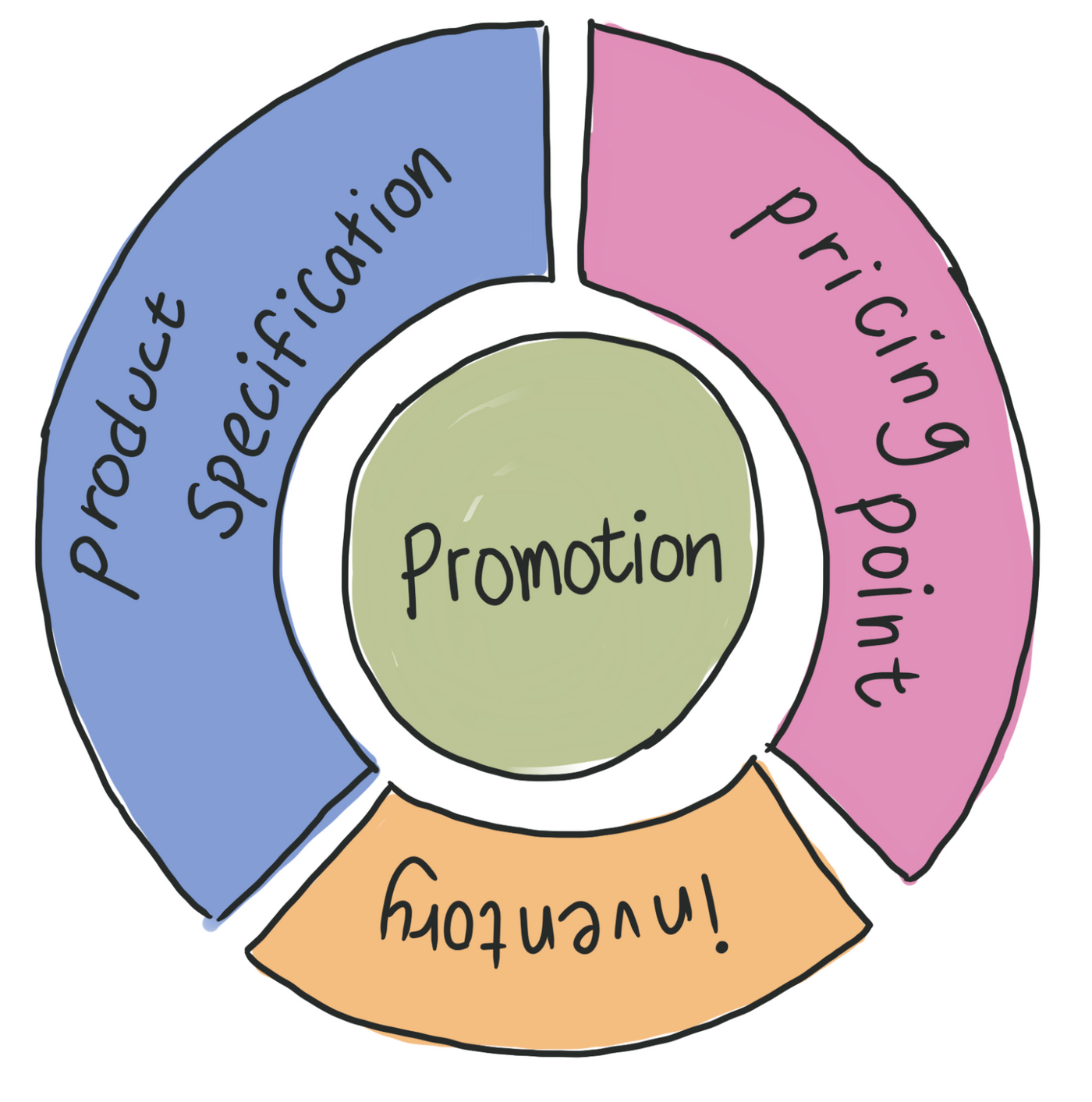
ᴄᴜʀɪᴏsɪᴛʏ | ʟɪᴠɪɴɢ ɪɴ ᴄᴀ|記錄一些在洛杉磯的生活點滴 哦對,喜歡動筆寫字與畫畫、看書,活生生的筆記控,正在尋找自己的創作風格中 愛畫畫 ig@hi.littleidea 蝸居: janesu.studio 隨筆紀錄 fb@san3pollos
Experience sharing of working in e-commerce in the United States
Just finished the holiday season, and the pace of work has been slow recently
So I just want to record some of my experience working in e-commerce for half a year
Due to the epidemic this year, everyone has been forced to stay at home, and it is natural to shop online. Because of this, there is an unexpected increase in the demand for e-commerce vacancies at this time.
I worked in procurement in Taiwan a few years ago, and the content of that job was more focused on supply chain management.
This time, it is more client-oriented and more marketing field. Overall, the work flexibility is relatively large (I prefer it 😉)
I think because it is more customer-oriented, uncertainty and variability are high, so the flexibility of work content is also greater.
For supply chain management and production management, this part emphasizes precision and precision, with low fault tolerance but low variability, so the work is less flexible, which is boring and boring to me🤭

My job is mainly merchandise planning — Merchandising Planning
The word sounds very general, and I felt that way at first ( and still feel a little bit like that now ).
To put it simply, as an e-commerce, it is a platform that connects customers with sellers/vendors
Allow customers to quickly find the products they want, but e-commerce platforms can't just rely on customers to come to the door.

E-commerce should also take the initiative to attract customers and attract customers to come, but how to attract customers?
The common practice is nothing more than some traditional promotion methods (Tradition Promotion), such as: sending emails, doing direct discount activities on the platform, discount activities using Promotion Code, Bundle Selling and other various tricks.
There are also some relatively new marketing interaction methods, which may be cooperating with brands in different industries, and doing live broadcasts such as product unboxing and evaluation...
And part of my job is to help sellers/vendors increase sales, how do you usually help them increase sales?
Larger marketing activities are arranged by the marketing team, and my work scope is relatively narrow, usually targeting a specific seller👩 or more specific, that is, a specific product🤏🏻
I have to find out the strengths and weaknesses of each seller, as well as the characteristics of the products they sell; in short, do a SWOT analysis (ie, internal and external analysis of advantages and disadvantages) for sellers and products
The characteristics of each seller/vendor are also different. In fact, some of them feel like they are doing account management, helping them sell products and also assisting with some order-related issues. (This is also very similar to my previous work experience in procurement. It is necessary to keep in touch with various large and small suppliers. It can also be regarded as an account managment.)
That's not enough, because the market is dynamic⏳, you have to pay attention to what your competitors are doing, especially when there are big sales events like: Amazon Prime Day, usually in mid-October

Although this Prime Day is organized by Amazon itself, but basically the partners in the same industry will join in the grand event, just like the 1111 shopping festival. This event should be initiated by Taobao, but the e-commerce companies in Taiwan also join together. (and the newer 1212)
Even I found that the United States seems to smell something about the 11.11 shopping festival. I saw someone on a certain website saying that the 11.11 shopping festival is Chinese Black Friday . This metaphor is really apt 👍🏽
And the shopping season (October-December every year) is when the e-commerce companies are at war, and each e-commerce company will offer products with very high prices. Those products with really good CP value are either not too much in stock or not. There are too many people snapping up, and it will be Sold Out at once. Then, in fact, the quality of those goods is ordinary, even if the price is greatly discounted, you can still wait and see slowly with confidence, and you don't have to rush to place an order.
In this short half year, what I have experienced more profoundly is the planning of Promotion.
The Marketing Matrix - Product, Price, Promotion, and Place in the previous marketing class. I didn't think the P of Promotion was very important before.
Although the sales of promotional items may only account for a small percentage of the total sales, there are still many devils hidden in the details.
For example, under known conditions (such as product characteristics, price, inventory), how to negotiate a better promotion plan or promotion price with the seller is not as simple as imagined.
After negotiating these plans, how to put their products on the platform well, the timing and location (= the store on the website) must be clear, otherwise the plan is wrong, and it is a waste of each other's time and money. !

I am still groping myself. According to the 80/20 rule, although 80% of the time at work is spent on maintenance work, that is, daily routine/weekly routine work.
However, at least 20% are some pioneering tasks that are more active and do not let the brain become incapacitated. Continue to use this 20% of the time to study and work hard :)
Like my work?
Don't forget to support or like, so I know you are with me..
Comment…